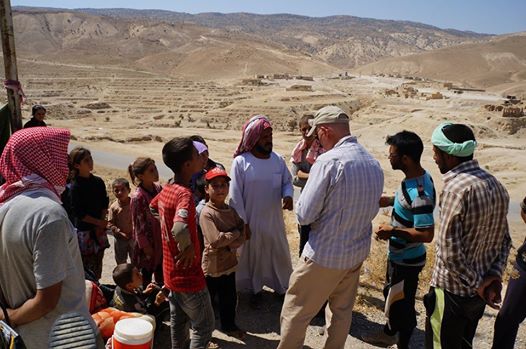Today marks three years since ISIS captured the northern Iraqi town of Sinjar, resulting in the abduction and massacre of thousands of Yezidis.
The massacre at Sinjar was the worst of many mass killings, and part of a larger ISIS campaign against the Yezidi community. An estimated 5,000 Yezidis were executed and buried in mass graves, thousands of Yezidi women and children were turned into sex slaves, and hundreds of thousands of Yezidis fled.
To commemorate the atrocities, Yezidis today are holding a national campaign to remember and to call for justice. In Erbil, Bagdad and Basra, photo exhibitions of the victims are being shown and women survivors are holding silent, candle-lit vigils. A statement signed by many Yezidi leaders calls for Iraqi and Kurdish authorities to initiate efforts to find those still missing, protect the mass graves, exhume and identify the bodies, and support international efforts to identify, charge and prosecute the perpetrators. To date, little has been done. Only two of the 46 mass graves located so far have been exhumed.
Yezidis are a religious minority in northern Iraq, eastern Syria and southern Turkey. Yezidism contains elements of Zoroastrianism, Islam, Christianity and Judaism. Some Yezidis identify ethnically as Kurds, while others do not. Most Yezidis speak a Kurdish dialect at home.
Hussam Abdallah, director of the Yezidi Organization for Documentation, is the leading force behind today’s commemorations. PAX has provided assistance, including bringing four Yezidis to Srebrenica in July to observe the commemoration of the 1995 genocide against Bosnian Muslims. The Women of Srebrenica wrote a letter of support to the Yezidi community.
See also:
A Yezidi who stayed behind
Sinjar after ISIS: returning to disputed territory




